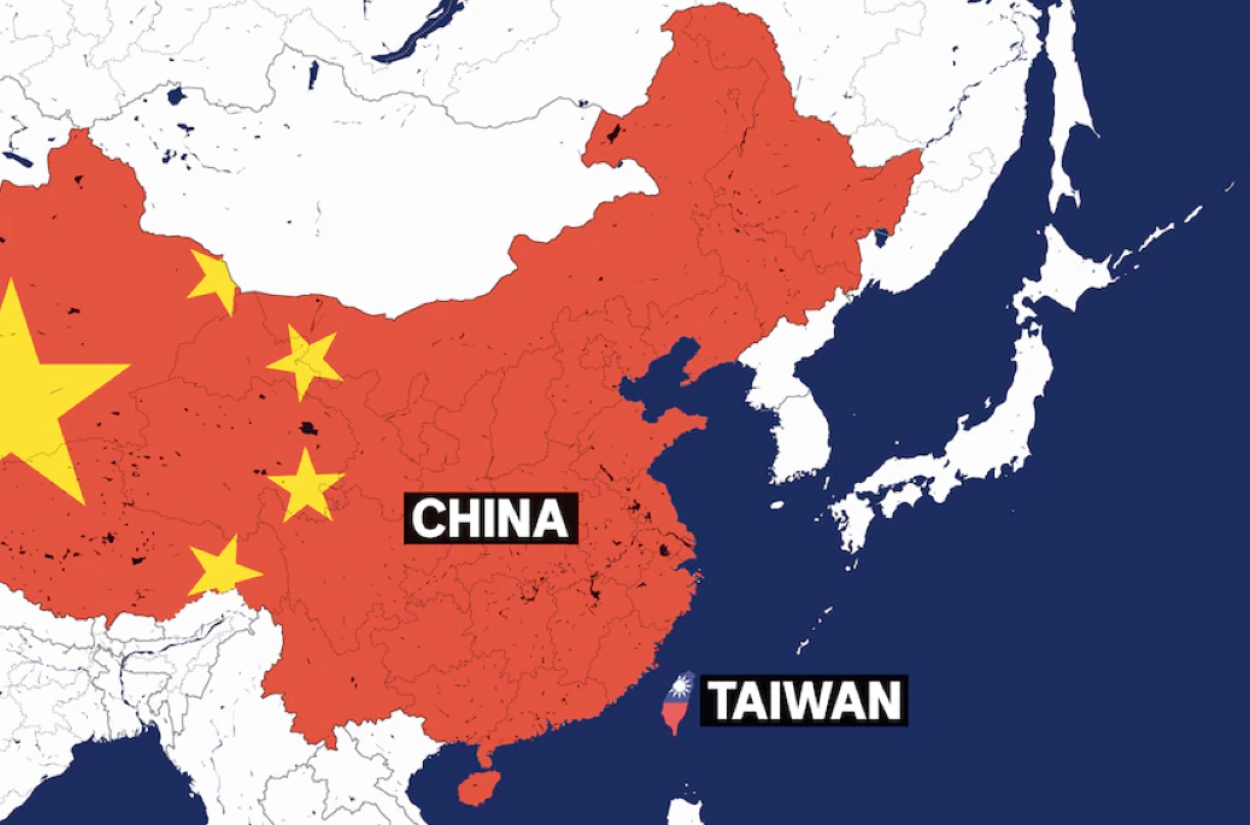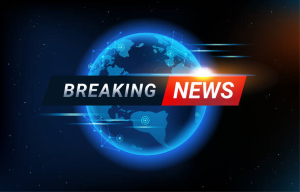On the anniversary of the Second Taiwan Strait Crisis of 1958, the Taiwanese President denounced and dismissed China’s authority for freedom. This year’s commemoration coincides with increased Chinese activity around Kinmen Island.
Taiwanese President Lai Ching-te visited the frontline Kinmen Islands for the first time after being elected President of the self-ruled island state in May 2024. In a video published online, the President was seen paying his respects on the 66th anniversary of the Second Taiwan Strait Crisis in Kinmen of 1958.
In an address on the occasion, the President said Taiwan wanted its free way of life and rejected being ruled by the Chinese Communist Party (CCP). Speaking to a group of veterans over lunch, Lai said that his uncle had served in Kinmen and recalled how he had grown up hearing stories of the conflict.
Taiwan has maintained authority over the Kinmen and Matsu islands, located off the coast of China, since 1949, when the defeated government of the Republic of China (the Taiwanese government) retreated to Taipei after losing a civil war to Mao Zedong’s Communists.
However, decades later, China still views Taiwan as a renegade Chinese province and has vowed to unite the self-ruled island with the Chinese mainland, with force if necessary. As it prepares for a potential invasion, the Chinese People’s Liberation Army (PLA) has upped its military presence close to Taiwan, with frequent drills simulating a blockade and attack.
AfriPrime App link: FREE to download...
https://www.amazon.com/Africircle-AfriPrime/dp/B0D2M3F2JT
Since February of this year, Taiwan’s frontline Kinmen Islands have garnered significant attention when Chinese fishermen died after being chased by the Taiwanese Coast Guard for trespassing off the coast of Kinmen.
Chinese Fishing boats and other vessels navigating in waters controlled by Taiwan have frequently faced condemnation from Taiwan, especially in the vicinity of the Kinmen and Matsu islands. Last week, Taiwan’s Coast Guard Administration (CGA) officials said they were intensifying efforts to prevent Chinese fishing boats from operating across borders.
In response to the death of its fishermen, China has increased surveillance of Taiwan’s Kinmen Islands, raising fears that they may be using civilian drones to monitor Taiwanese soldiers and military facilities. Furthermore, the People’s Liberation Army (PLA) and the Chinese Coast Guard (CCG) have intensified their patrols around Kinmen.
In May 2024, China’s military drills targeted the front-line Taiwanese islands of Kinmen, Matsu, Wuqiu, and Dongyin for the first time, held in opposition to the inauguration of the new Taiwanese President.

Kinmen stands out as it is just a few kilometers from Xiamen in the People’s Republic of China. In contrast, it is 200 kilometers away from Taiwan, making it the island state’s farthest territory. Some analysts have even suggested that Kinmen could be a focal point in a potential Chinese ‘coercion campaign’ targeting Taiwan.
A recent study by the US-based think tank Institute of War (ISW) explored the possibility of a Chinese ‘coercion campaign’ short of war. This included an attempt to erode Taiwan’s sovereignty over Kinmen by escalating CCG activities. The study also stated that China could eventually choose to quarantine the Kinmen Islands, Taiwan’s outermost territory, to deny passage to Taiwanese ships and cause economic disruptions.
This explains Lai’s fierce calls to resist China on the anniversary of the Second Taiwan Strait Crisis. “Our aim is that we hope for peaceful development across the Taiwan Strait. Taiwan is a country that ardently loves peace. Taiwan’s people are kind,” he said. The visit underscored the importance that Taiwan accords to Kinmen and the role it played in the last major crisis that the island state faced.
More importantly, though, it comes at a time when a potential Third Taiwan Strait Crisis is brewing, with Taiwanese forces preparing for an invasion expected to be launched by 2027. EurAsian Times dives back into the Second Taiwan Strait crisis on its 66th anniversary.

Taiwan Strait Crisis Of 1958
The Chinese Nationalist Party, also known as the Kuomintang (KMT), led by Chiang Kai-shek, was forced to flee to Taiwan after Mao Zedong established Communist rule in China in 1949, leaving Kinmen as a geopolitical fault line. Even though the KMT managed to flee, it was never recognized as a separate state outside the rule of China.
AfriPrime App link: FREE to download...
https://www.amazon.com/Africircle-AfriPrime/dp/B0D2M3F2JT
The Second Taiwan Strait Crisis, also known as the 1958 Taiwan Strait Crisis, was a conflict between the People’s Republic of China (PRC) and the Republic of China (ROC) triggered by a Chinese attack on Taiwan. But first, let’s go back to where it began: the First Taiwan Strait Crisis.
The People’s Liberation Army (PLA), the PRC’s armed forces, shelled three islands under its control in 1954–1955, starting with Kinmen Island and moving on to Matsu and Dachen islands. This led to the first Taiwan Strait Crisis, which ended in China’s seizure of Taiwan’s Yijiangshan Islands.
However, it aligned the United States closer to Taiwan. The two sides signed the Sino-American Mutual Defense Treaty in December 1954. Both sides committed to strengthening their combined ability to resist armed attack and Communist subversive activities.
The treaty authorized Taiwan to deploy military forces within and around its territory for mutual defense. Subsequently, the Formosa Resolution was enacted by the US Congress in January 1955, allowing President Dwight D. Eisenhower to defend Taiwan militarily and its offshore islands “as he deems necessary.”
This did not stop China from launching a second attack on Taiwan just three years later, in 1958, triggering the Second Taiwan Strait Crisis. The attack was launched in response to Taiwan constructing military outposts at Kinmen and Matsu. Frustrated by the construction, the PLA launched a fierce assault on both islands.
During the conflict, the PRC shelled the Kinmen and Matsu Islands, located in the Taiwan Strait on the east coast of China. The attack sought to take control of Taiwan from the Kuomintang (KMT), the Chinese Nationalist Party, while also probing the extent of the U.S. willingness to defend the island.
Chinese Communist and Nationalist forces clashed on August 24 and 25, 1958, near Dongding Island, which was held by the Nationalist soldiers. It was believed that the action represented a Communist effort to invade the island.
The earlier artillery blockade, triggered by ongoing Chinese shelling that obstructed any air or naval assistance to Kinmen, was lifted on September 11 when U.S. Navy warships escorted Taiwanese convoys to the island. China chose not to target the U.S. vessels due to the potential risk of escalating tensions and sparking a conflict.
An air battle between the PLA Air Force and the Taiwanese Air Force, supplemented by the United States, was also fought, with several dogfights between the fighter jets of the two sides.
Several PLAAF MiG fighters were destroyed by the Nationalist Chinese pilots using Sidewinder missiles. On September 24, 1958, the Sidewinder missile was employed in air-to-air combat for the first time during a series of aerial battles between 32 Republic of China F-86s and 100 PLAAF MiGs.
The conflict thawed when the US resupplied the Taiwanese garrisons on these frontline islands, yet lasting peace remained out of reach. Later, the KMT and the Communists decided to bombard each other on alternate days. This pattern continued until 1979 when the United States formally recognized Communist China’s government instead of Taiwan’s.
Nonetheless, the Second Taiwan Strait Crisis was the last major conflict between the two sides. For Taiwan, it represents a battle of resilience and strength displayed by the Taiwanese troops–a narrative that has been used to exhort the Taiwanese people to resist China’s aggressive tactics.
AfriPrime App link: FREE to download...


